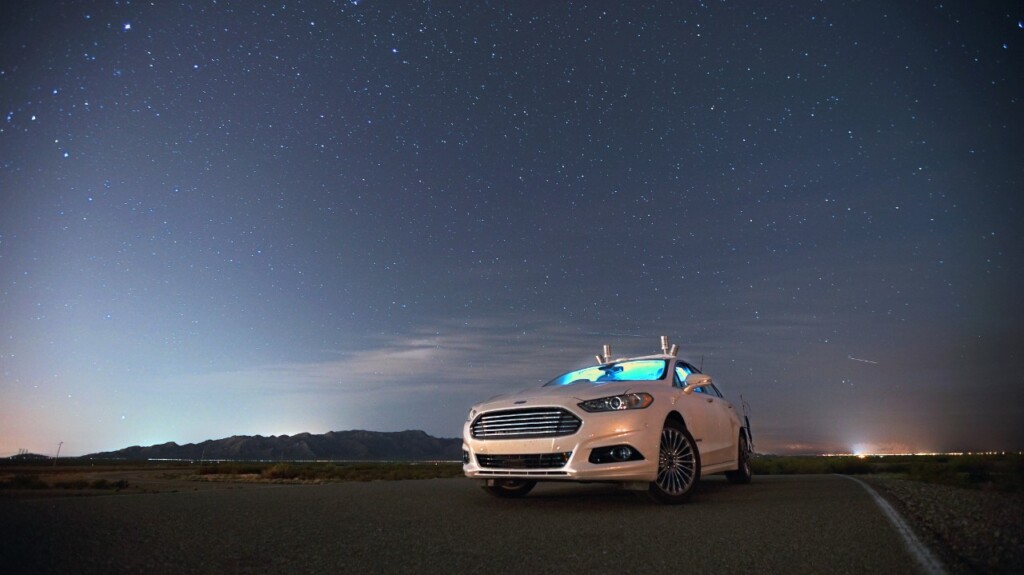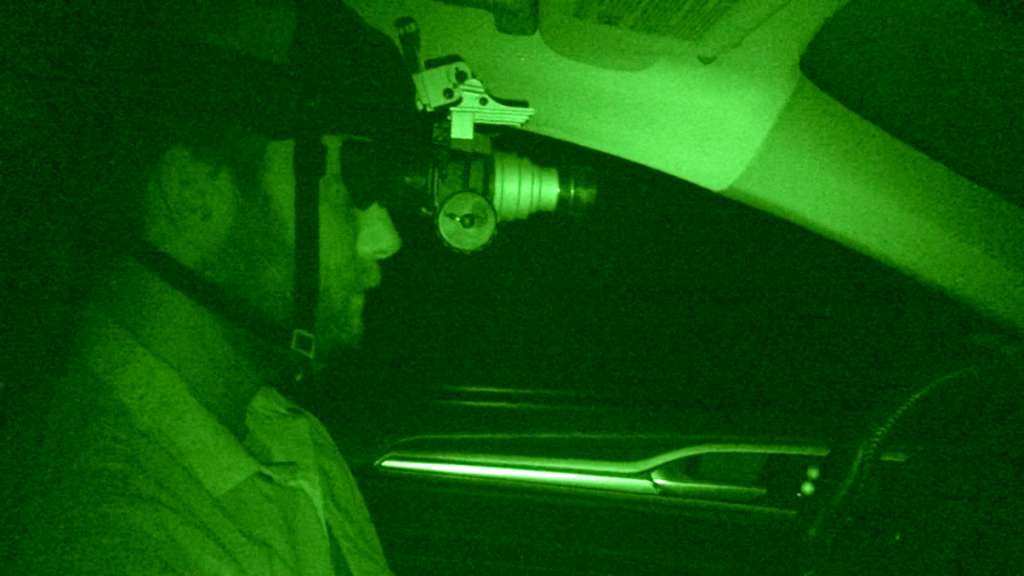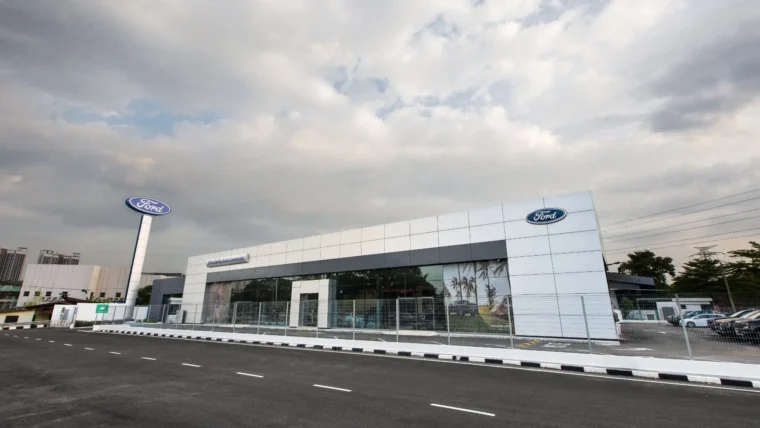
Recently, under the blanket of night, a Ford Fusion Hybrid autonomous research vehicle with no headlights navigated along lonely desert roads, performing a task that would be perilous for a human driver. It was driving in pitch black without lights or the requirement of the driver to intervene and take control of the vehicle.
This latest project marks the next step in the company’s journey to delivering fully autonomous vehicles to customers around the globe.

To navigate in the dark, Ford’s self-driving cars use high-resolution 3D maps – complete with information about the road, road markings, geography, topography and landmarks like signs, buildings and trees. The vehicle uses LiDAR pulses to pinpoint itself on the map in real time. Additional data from radar gets fused with that of LiDAR to complete the full sensing capability of the autonomous vehicle.
For the desert test, Ford engineers, sporting night-vision goggles, monitored the Fusion from inside and outside the vehicle. Night vision allowed them to see the LiDAR doing its job in the form of a grid of infrared laser beams projected around the vehicle as it drove past. LiDAR sensors shoot out 2.8 million laser pulses a second to precisely scan the surrounding environment.
“Inside the car, I could feel it moving, but when I looked out the window, I only saw darkness,” describes Wayne Williams, a Ford research scientist and engineer. “As I rode in the back seat, I was following the car’s progression in real time using computer monitoring. Sure enough, it stayed precisely on track along those winding roads.”
https://www.youtube.com/watch?v=cc15Ox8UzEw
Other posts by AF Newsdesk







